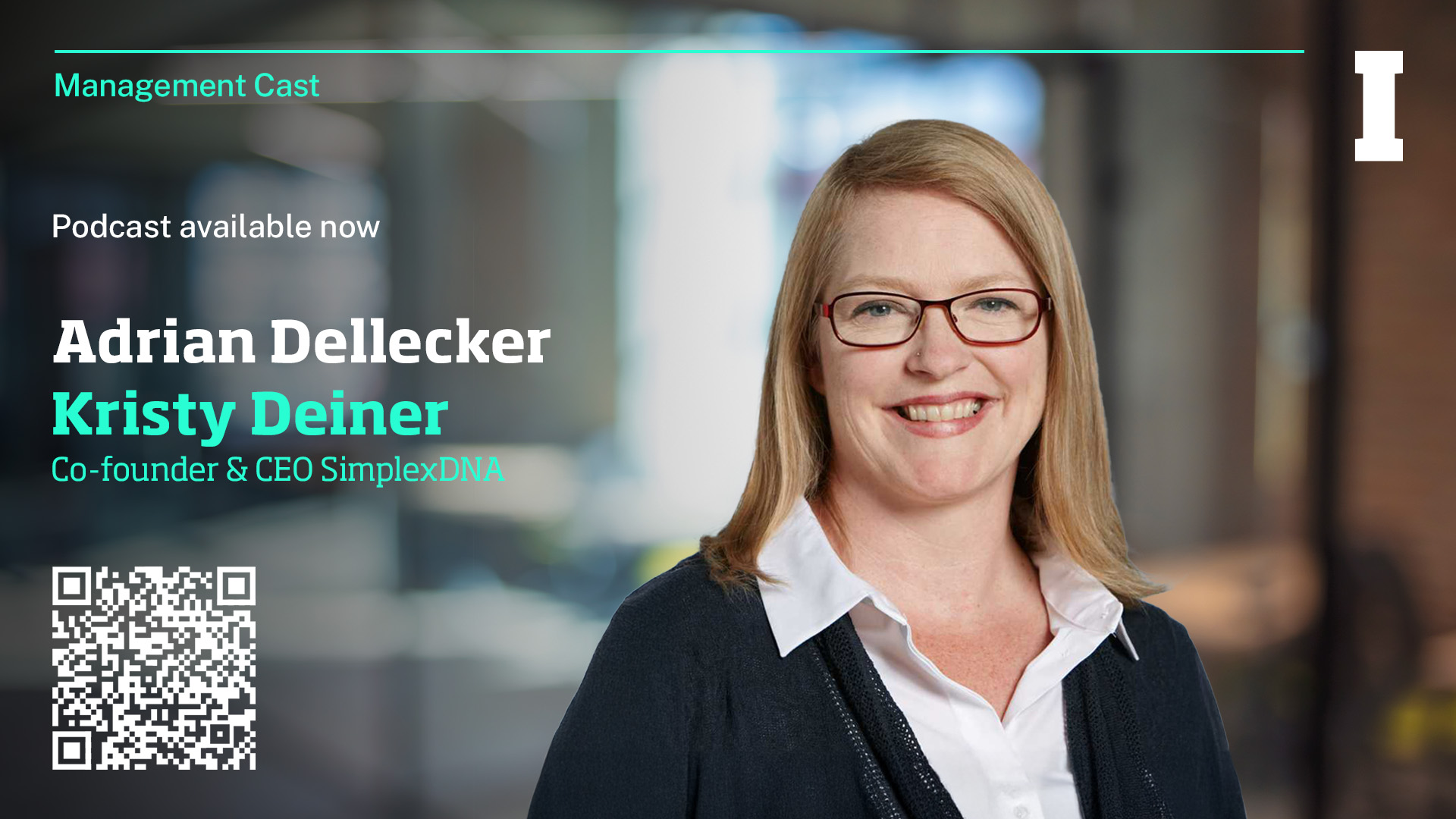Inspiring sustainability in sports: Carbon emission management at the International Olympic Committee
The case highlights the significant role played by the International Olympic Committee (IOC) in reducing its environmental footprint and promoting sustainability in sports. As the leader of the Olympic movement, the IOC bore the responsibility of setting a positive example to inspire the broader sports community. With ambitious climate targets aiming to cut its carbon footprint in half by 2030, the IOC implemented a range of measures to reduce the environmental impact of its organization. These included the introduction of carbon budgeting, the adoption of innovative carbon footprint management tools as well as specific measures targeting areas such as mobility, building management and procurement. The Olympic House, inaugurated in 2019, was built according to some of the highest sustainability standards and stood as a testament of the IOC’s commitment to sustainability. Strategies to reduce emissions associated with international business travel, a major contributor to the organization’s overall carbon footprint, were particularly successful. The impact of these measures had to be carefully evaluated, considering their potential effects on organizational culture, efficiency, communication, employee satisfaction and talent attraction. Furthermore, the IOC leadership reflected on the effectiveness of its actions in inspiring other organizations within the Olympic movement to embrace sustainability practices. Looking ahead, the IOC remained committed to intensifying its efforts to achieve its carbon reduction goals by 2030. This included exploring improvements in impact measurement and introducing incentive schemes aimed at further encouraging carbon reduction.
- Understand the challenges of sustainability strategy setting and its implementation through a concrete case of a carbon emission accounting, management, and reporting system.
- Gain knowledge of mandatory sustainability reporting and GHG protocol and become familiar with current regulations and reporting standards for emissions and climate related risks and opportunities.
- Reflect on risks and opportunities related to carbon emission management as well as organizational impacts.
- Learn the steps to design and implement a carbon management system, how to report carbon footprints as well as assess and develop emission management strategies and tools
- Understand broader organizational effects when new management tools are introduced.
International Olympic Committee, Travel and Leisure, Sports
2021-2024
Cranfield University
Wharley End Beds MK43 0JR, UK
Tel +44 (0)1234 750903
Email [email protected]
Harvard Business School Publishing
60 Harvard Way, Boston MA 02163, USA
Tel (800) 545-7685 Tel (617)-783-7600
Fax (617) 783-7666
Email [email protected]
NUCB Business School
1-3-1 Nishiki Naka
Nagoya Aichi, Japan 460-0003
Tel +81 52 20 38 111
Email [email protected]
IMD retains all proprietary interests in its case studies and notes. Without prior written permission, IMD cases and notes may not be reproduced, used, translated, included in books or other publications, distributed in any form or by any means, stored in a database or in other retrieval systems. For additional copyright information related to case studies, please contact Case Services.
Research Information & Knowledge Hub for additional information on IMD publications

10 years of exclusive surveys reveal top supply chain strategy challenges—and how tools like AI, ML, and digital twins are reshaping the path forward.

Uncover AI use cases and opportunities with 4 clear imperatives that align data with business value. Avoid pitfalls and ask the right questions.

Join IMD Senior Researcher Adrian Dellecker and Mariana Sarmiento of Terrasos to explore business opportunities in voluntary biodiversity credits and environmental innovation.

Explore eDNA science with Kristy Deiner on the IMD Management Cast . Learn how genetics, biodiversity, and data analytics shape conservation and the bioeconomy.

Stay ahead in a shifting global economy. Learn how to build resilient supply chains, manage currency risks, and adapt strategies for long-term business success.

Subsidies of renewables has led to electricity prices frequently falling to less than zero leading to opportunities for consumers

#post_excerptHannele Jakosuo-Jansson of Neste and Finnair shared key insights on board roles in CEO transitions and culture shifts with IMD’s High Performance Boards program.

Once corporate activists, today’s CSOs are business integrators. 6 ways the CSO role is evolving: strategist, risk mitigator, innovator, regulator, storyteller, and leader.

An intelligent organizational sensory system detects, processes, and acts on change signals, giving your company a strong competitive edge.

Three Ways to Deal with Your Boss when they act against civility, empathy, and ethics. Discover strategies to handle difficult workplace dynamics effectively.
Research Information & Knowledge Hub for additional information on IMD publications
Research Information & Knowledge Hub for additional information on IMD publications
in I by IMD
Research Information & Knowledge Hub for additional information on IMD publications
in I by IMD
Research Information & Knowledge Hub for additional information on IMD publications
Research Information & Knowledge Hub for additional information on IMD publications
Research Information & Knowledge Hub for additional information on IMD publications
Research Information & Knowledge Hub for additional information on IMD publications
in I by IMD
Research Information & Knowledge Hub for additional information on IMD publications
Research Information & Knowledge Hub for additional information on IMD publications
Research Information & Knowledge Hub for additional information on IMD publications

